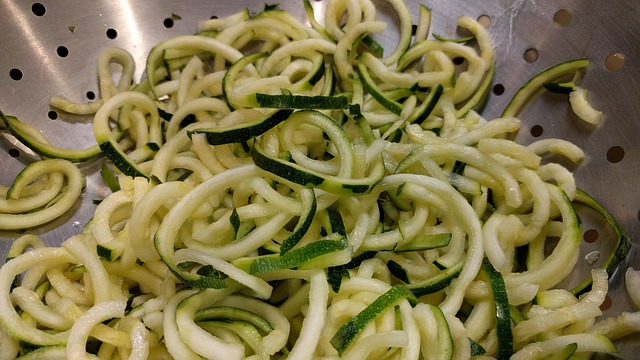Have you been struggling with messy washing up, thinking you had your colander game on point? Think again! In this comprehensive guide, we’ll explore the common mistakes people make while using colanders and how correcting them can revolutionize your dishwashing routine. Say goodbye to unnecessary mess and embrace the right way to use your colander for an efficient and tidy kitchen experience.
The Hidden Culprit in Your Kitchen – Your Colander
It’s a staple in every kitchen, yet its potential is often overlooked. The colander, a seemingly simple tool, plays a crucial role in our daily dishwashing activities. However, most of us might be using it all wrong, inadvertently making our washing up even messier. Let’s dive into the common mistakes and discover the right techniques to make the most of this kitchen essential.
Rinsing Without Prepping
One common mistake is rinsing fruits, vegetables, or dishes directly in the colander without any prior preparation. Transitioning smoothly, let’s understand why this seemingly convenient approach can lead to a messier kitchen.
When you rinse items without prepping, debris and food particles often clog the drainage holes, causing inefficient water flow. This results in a messy counter and dishes that aren’t as clean as they should be.
Prepping Before Rinsing
To tackle this issue, the key is to prep your items before placing them in the colander. Remove excess soil from vegetables, scrape leftover food off dishes, and dispose of any large debris. This ensures that the colander’s drainage remains clear, allowing water to flow freely and efficiently.
Overcrowding the Colander

Another common error is overcrowding the colander with too many items at once. Transitioning seamlessly, let’s uncover why this can be a recipe for disaster in your kitchen.
When the colander is overcrowded, water struggles to reach every item effectively. This results in uneven rinsing, leaving some items with traces of debris. Moreover, the overcrowding can lead to items clashing and potentially breaking.
Optimal Loading
To avoid overcrowding, load the colander with a manageable amount of items. This allows water to reach each item evenly, ensuring thorough rinsing. If you have a large batch to wash, consider dividing it into smaller portions for a more efficient and effective dishwashing process.
Neglecting the Post-Rinse Shake
Many people forget the crucial step of giving the colander a good shake after rinsing. Transitioning smoothly, let’s explore why this often-overlooked action is essential for a cleaner and drier outcome.
When items are removed from the colander without a shake, excess water droplets cling to them, creating puddles on your kitchen counter. This oversight contributes to unnecessary mess and extra drying time for your dishes.
A Post-Rinse Shake Routine
Incorporate a post-rinse shake into your dishwashing routine. Hold the colander firmly and give it a few shakes to remove excess water. This small step makes a big difference, leaving your items drier and your kitchen tidier.
Mastering the Art of Colander Use
In conclusion, mastering the art of colander use involves avoiding common mistakes and embracing the correct techniques. By prepping before rinsing, loading items optimally, and incorporating a post-rinse shake, you can transform your dishwashing game and enjoy a cleaner, more efficient kitchen experience. Say goodbye to unnecessary mess and make the most of your colander – the right way!



